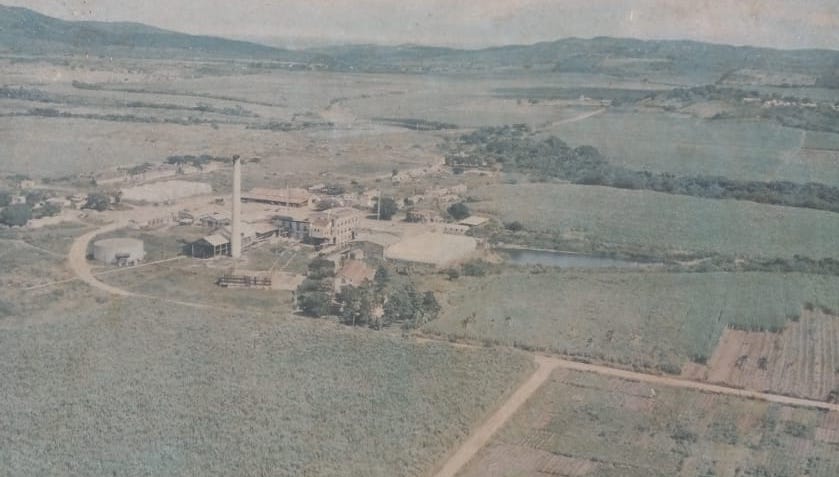
As the world’s climate continues to change, every human being on planet Earth, including other organisms such as animals and plants, will be impacted by the repercussions.
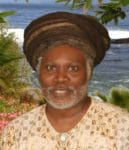
According to an October study by Nature Climate Change, about 85 percent of the world’s population is already being affected by human-driven climate change. The great rivers of the United States, like the Mississippi, the Amazon River of South America, the Panama Canal in Central America, and other great rivers of the world that are used for transporting food across the globe to cities, towns and other countries worldwide are impacted by climate change.
As it stands in today’s world, what affects one part of the world affects the whole world — whether a war, droughts, hurricanes, earthquakes, viruses like COVID-19, etc. — and these things will have a major impact on the Virgin Islands. We seem to forget that when it comes to climate change, we all are on the same ship in rough seas of economic hardship. Let us not fool ourselves, food prices in the Virgin Islands will continue to go up. We can do all the complaining we want about food prices and other essential items we depend on in life, but that wouldn’t change the outcome of 1 + 1 = 2.
During the “Golden Era” when sugar was king, somewhere between 1760 to 1820, St. Croix was the fourth in the world for producing sugar. At its peak year of 1812, St. Croix had 175 sugar plantations and 26,000 enslaved Africans produced 46 million pounds of sugar and some 12 million gallons of rum for export into the world market economy. “By the beginning of the 19th century, 181 large plantations, manned by 27,000 enslaved laborers about half of whom had been born in Africa were producing 32 million pounds of raw (muscovado) sugar per annum, and St. Croix had become fourth largest sugar producer in the World,” noted George F. Tyson and Poul E. Olsen.
For the planters and merchants, this was the Golden Era. For their enslaved Africans it was hell. The island of St. Croix is only about 54,400 acres, or 85 square miles, give or take a couple of acres. The maximum acreage under sugar cultivation was about 30,000 acres. You can say the entire island of St. Croix was a garden and became known throughout the world as the “Garden Spot of the West Indies.” In 1847, just before emancipation, there were 23,971 acres in cane. A few years later, after emancipation, the area in sugar cane had decreased to 19,736 acres.
By the time the Bethlehem Sugar Factory phased out of sugar production in 1966, there were over 4,000 acres of cane land on St. Croix, 113 farms, and a gross farm return of more than $600,000 in less than one year. There were talks for decades to change St. Croix’s landscape from a monocultural system of sugarcane to a more diversified system, including a 1965 report titled “The Governor of the United States Virgin Islands on the Reconstruction of the Agricultural Economy of St. Croix.”
This 16-page investigative report basically said that if nothing is planted in place of cane, the fertile agricultural land, especially in the central plains of St. Croix, will disappear off the landscape of the island forever. “Urbanization of the agricultural area will radically alter the landscape of St. Croix and destroy a major share of its natural beauty. This is not only an aesthetic question, nor even simply a question of cultural pride for the inhabitants of St. Croix,” concluded the report.
It further stated, “It has important economic implications. The attractiveness of St. Croix is its most important asset for attracting settlers, tourists, and even certain high-value light industries.” As we stand today, countries all over the world are protecting prime agricultural land. Farmland now is an endangered species worldwide. There are governments in the United States, non-profit organizations, even countries such as China, that are buying up prime farmland in the United States.
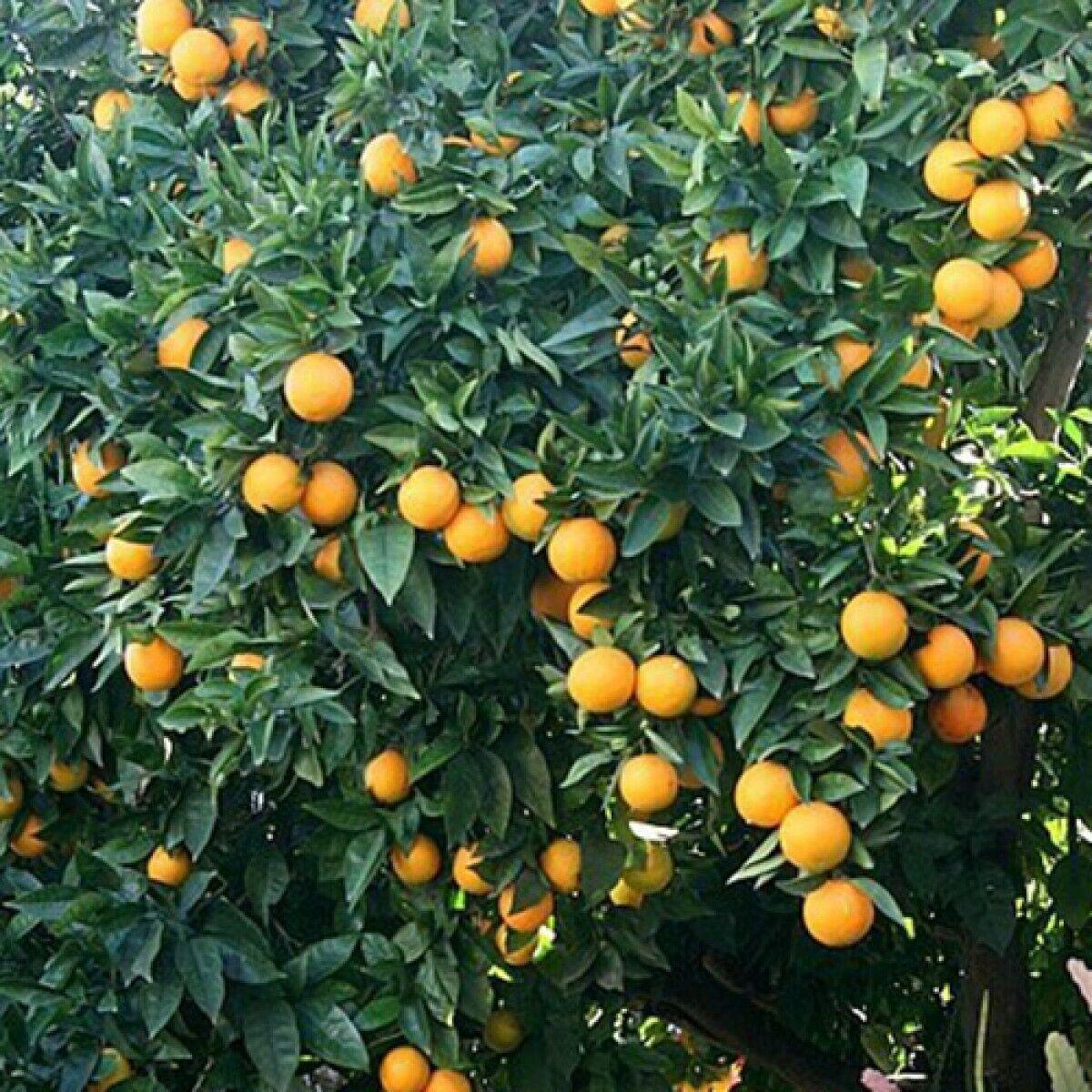
In the Virgin Islands, we are destroying our prime agricultural land by building upon it with roads, houses, hotels, etc., although government farmland is protected by law. Believe me, food security is an important factor to climate change if we are to survive economically as a people. In 1962, a study was conducted on St. Croix before the phasing out of sugarcane to grow oranges. Planning Division National Bulk Carriers, Inc., a company from New York, conducted the study to replace sugarcane with oranges. It is a 47-page document titled, “A Proposed Project for Producing Oranges in St. Croix, Virgin Islands & Processing Them into Orange Juice Concentrate.”
The scope of the project was to establish and maintain 2,500 acres of orange groves on suitable sugar cane land to be leased from the Virgin Islands Corporation (VICORP) for a minimum period of 50 years. The 2,500 acres included estate Lower Love, Jealousy, Coble, Bethlehem Old Works, Castle Burke, Body Slob, Bonne Esperance, Adventure, Golden Grove, and Upper Bethlehem. The oranges produced would be used for making fresh orange juice and frozen orange juice concentrate.
On July 27, 1962, this is the summary written by the late Dr. Ralph L. Miller of the proposed orange project on St. Croix. However, due to the length of it, I will mention only a small section of it:
“A summary of the climatological and soil conditions, as well as these interviews, has indicated that oranges can be grown successfully on St. Croix Island in an area between the Centerline Road and the foothills in the West Central part of the Island, south of Mt. Eagle and Blue Mountain.
“In this area there is an estimated 2,500 to 3,500 acres of land level enough for citrus production in which there is sufficient rainfall and water available to support good orange tree growth and produce crops satisfactorily.”
We have gone from the “Garden Spot of the West Indies“ to a child to be fed instead of an adult feeding ourselves. Over a half century ago, an orange industry in the Virgin Islands was proposed as an alternate crop to the once-dominant sugar industry. What happen!
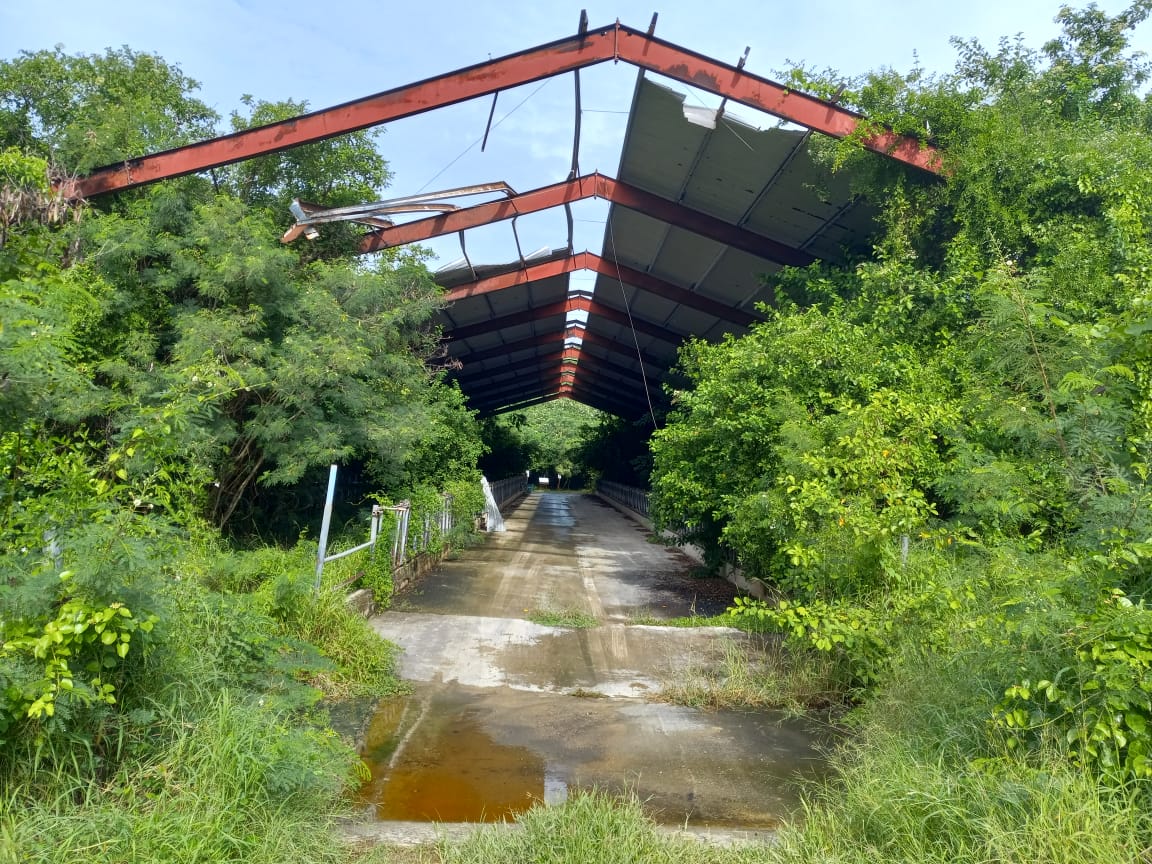
A few years ago, we lost our dairy industry producing fresh Crucian milk. Meanwhile, our rich fertile agricultural lands are turned into a concrete jungle. The Senepol cattle, which bred up on St. Croix, are known worldwide for their heat tolerance, insect and disease resistance, and their ability to thrive on poor pasture land, are not in abundance anymore on island. Then, we have the St. Croix White Hair Sheep bred on St. Croix. In fact, the St. Croix White Hair Sheep and the Senepol cattle have been part of the Virgin Islands’ history since the 1800s. These animals show great resilience to climate change.
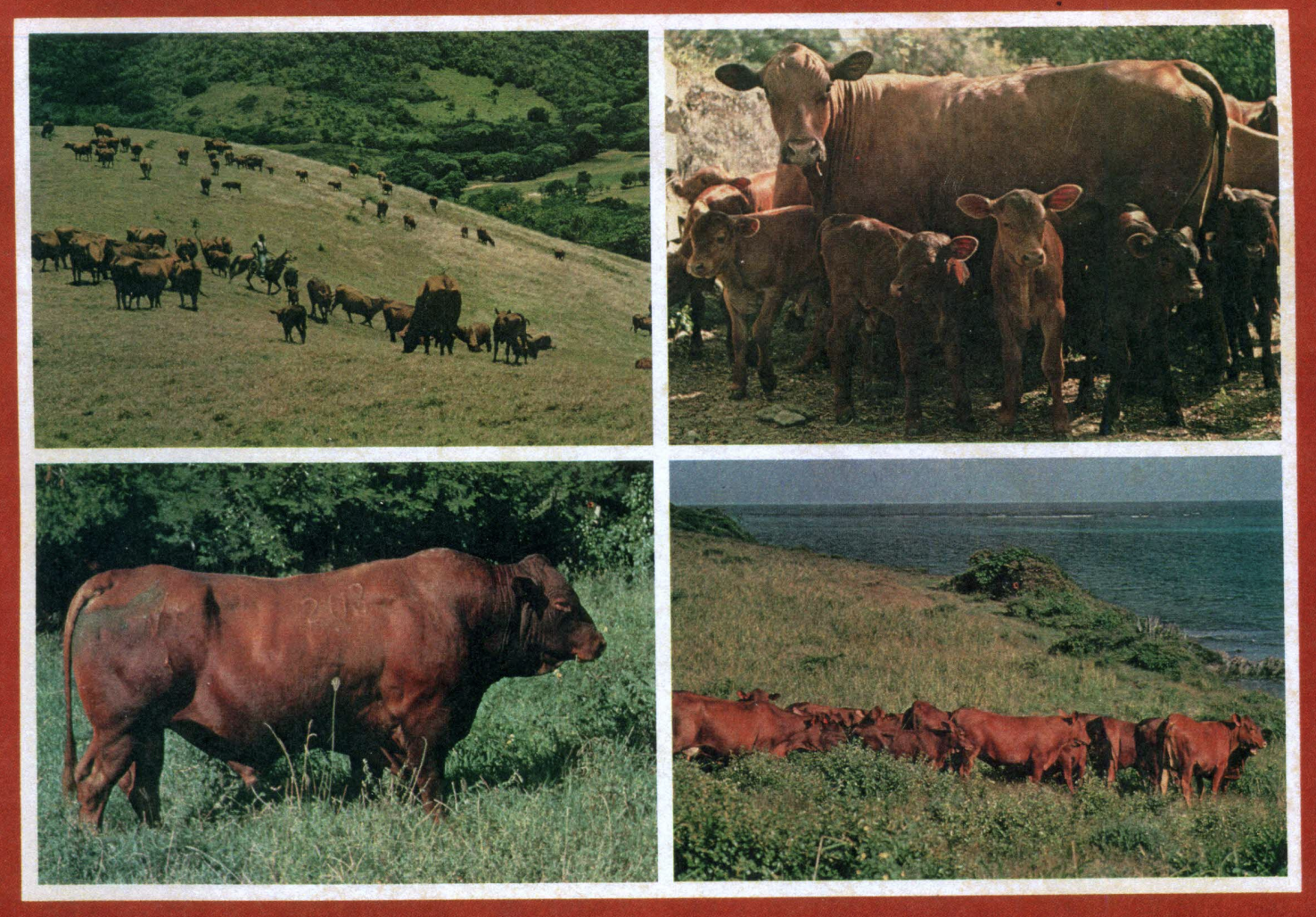
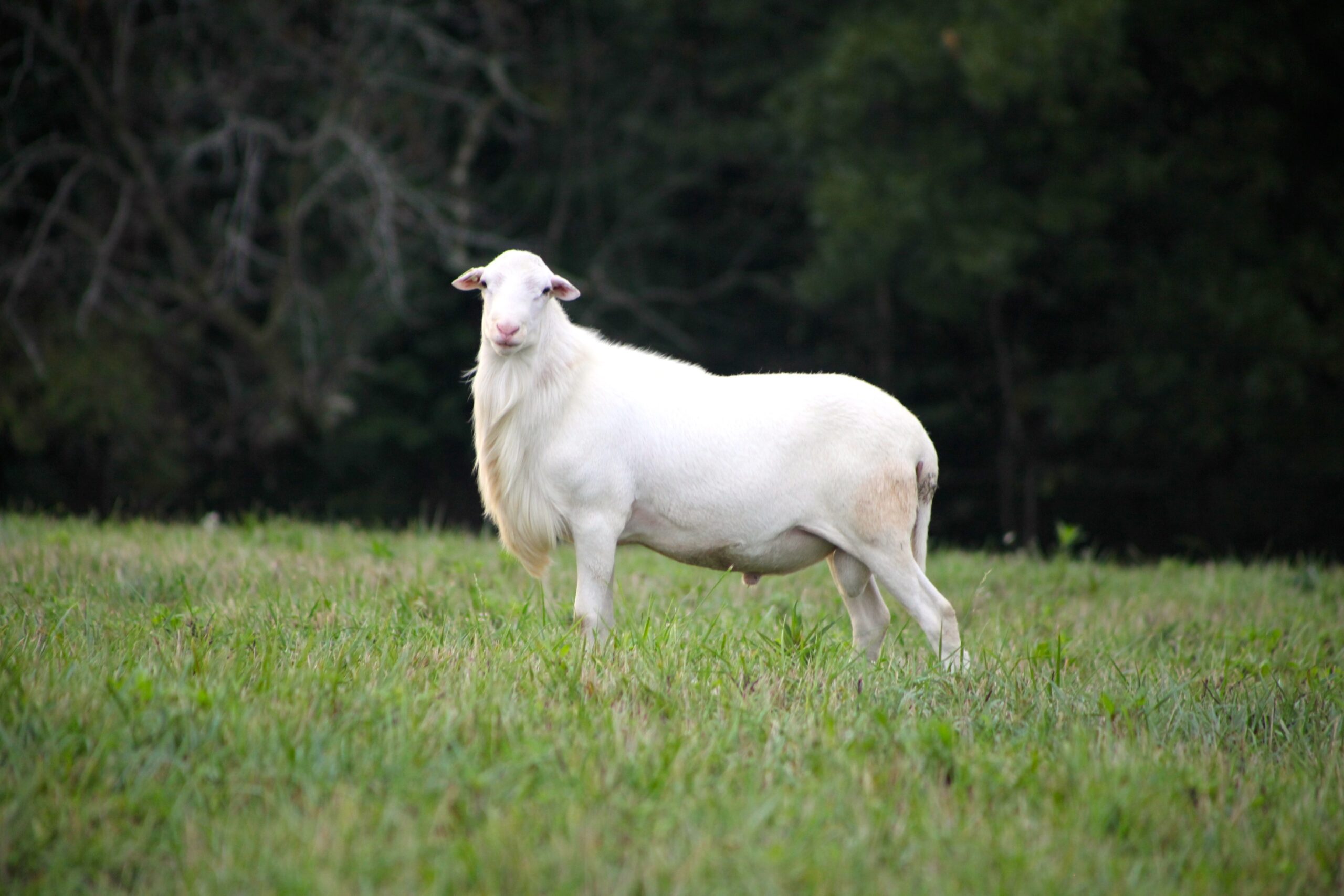
Look at the world around us today. Governments worldwide are overwhelmed with issues, sometimes beyond their capacity to handle them. Climate change, wars, poverty, crime, viruses, the high cost of living, people crossing boarders to other countries for better living — the laundry list continues of what we human beings face today. The old folks would say, “God bless the child that has his own.” In other words, let us grow some of our own food. We don’t know what today brings, much less tomorrow. For one day, due to climate change, it could be a worldwide apocalypse.
— Olasee Davis is a bush professor who lectures and writes about the culture, history, ecology and environment of the Virgin Islands when he is not leading hiking tours of the wild places and spaces of St. Croix and beyond.





